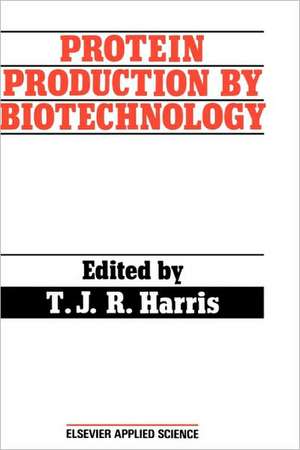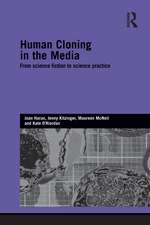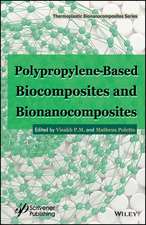Protein Production by Biotechnology
Autor T.J.R. Harrisen Limba Engleză Hardback – 14 feb 1990
Preț: 948.79 lei
Preț vechi: 1157.06 lei
-18% Nou
Puncte Express: 1423
Preț estimativ în valută:
181.55€ • 187.30$ • 151.51£
181.55€ • 187.30$ • 151.51£
Carte tipărită la comandă
Livrare economică 27 martie-10 aprilie
Preluare comenzi: 021 569.72.76
Specificații
ISBN-13: 9781851664016
ISBN-10: 1851664017
Pagini: 260
Ilustrații: XIII, 243 p.
Dimensiuni: 155 x 235 x 63 mm
Greutate: 0.54 kg
Ediția:1990
Editura: Springer Us
Colecția Springer
Locul publicării:New York, NY, United States
ISBN-10: 1851664017
Pagini: 260
Ilustrații: XIII, 243 p.
Dimensiuni: 155 x 235 x 63 mm
Greutate: 0.54 kg
Ediția:1990
Editura: Springer Us
Colecția Springer
Locul publicării:New York, NY, United States
Public țintă
ResearchDescriere
There are very few parts of biology that remain free from the influence of Genetic Engineering developed in the early 1970s. Disciplines as wide apart as Brewing, Forensic Science and Population Genetics have all been affected in some way. The major impact, however, has been to create a new science of Biotechnology - a part of which is the production of proteins in a variety of cellular systems. Initially, bacterial systems such as E. coli were used but it soon became apparent that this prokaryotic host was not suitable for the preparation of more complicated proteins. In December 1988, a Symposium sponsored by the Biological Council organised by Dr Chris Hentschel and myself was held at the Middlesex in London to discuss alternative methods of Hospital Medical School protein production and to review some ofthe applications of the proteins so produced. The presentations at this meeting form the substance ofthis book. The theme is apparent from the first part where the expression of proteins and their domains in yeast is described and compared to other fungal and bacterial systems, such as Aspergillus and Bacillus subtilis. The successful use of recombinant yeast to produce hepatitis B surface antigen for vaccine purposes is particularly pertinent.
Cuprins
1. Is Bacillus an Alternative Expression System?.- 2. Expression Systems and Protein Production in Filamentous Fungi.- 3. Genetic Engineering Applied to the Development of Vaccines.- 4. Towards the Structure of Mosaic Proteins: Use of Protein Expression and NMR Techniques.- 5. Production of Secreted Proteins in Yeast.- 6. Strategies for Expressing Cloned Genes in Mammalian Cells.- 7. Expression of Foreign Proteins by Vaccinia Virus.- 8. The Expression of Tissue-type Plasminogen Activator and Related Enzymes.- 9. Expression of Recombinant Factor VIII Molecules in Mammalian Cells.- 10. The ß-Globin Dominant Control Region.- 11. The Production of Pharmaceutical Proteins in the Milk of Transgenic Animals.- 12. The Production of Useful Proteins from Transgenic Plants.- 13. Large Scale Culture of Mammalian Cells for Production of Therapeutic Proteins.- 14. The Role of Molecular Biology in Drug Discovery and Design.- 15. Haemopoietic Growth Factors as Drugs.- 16. Selective Delivery and Targeting of Therapeutic Proteins.- 17. Proteins as Therapeutics: Potential and Problems.


















